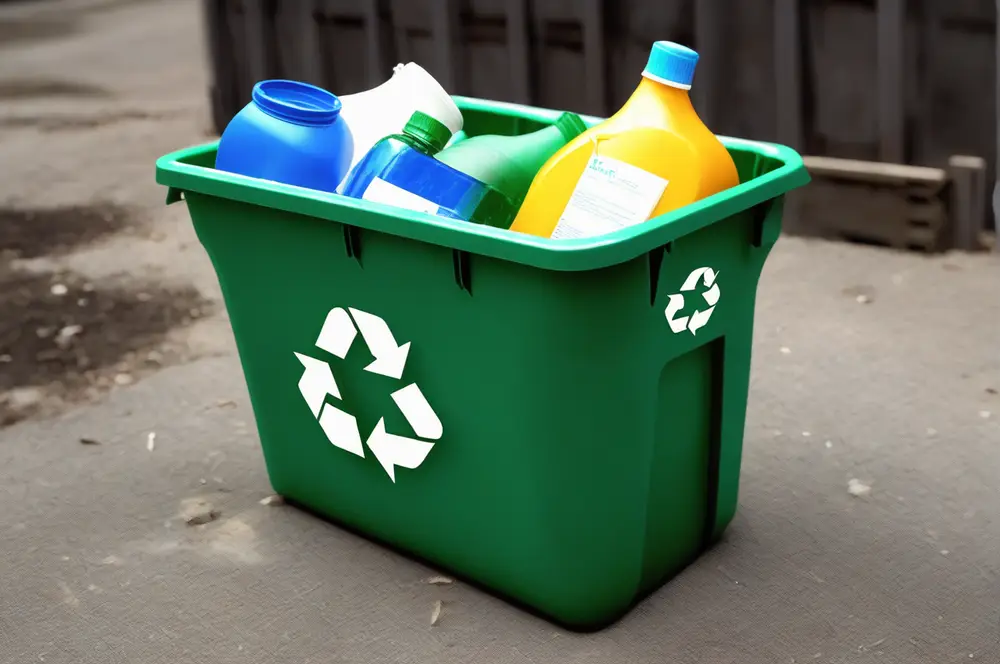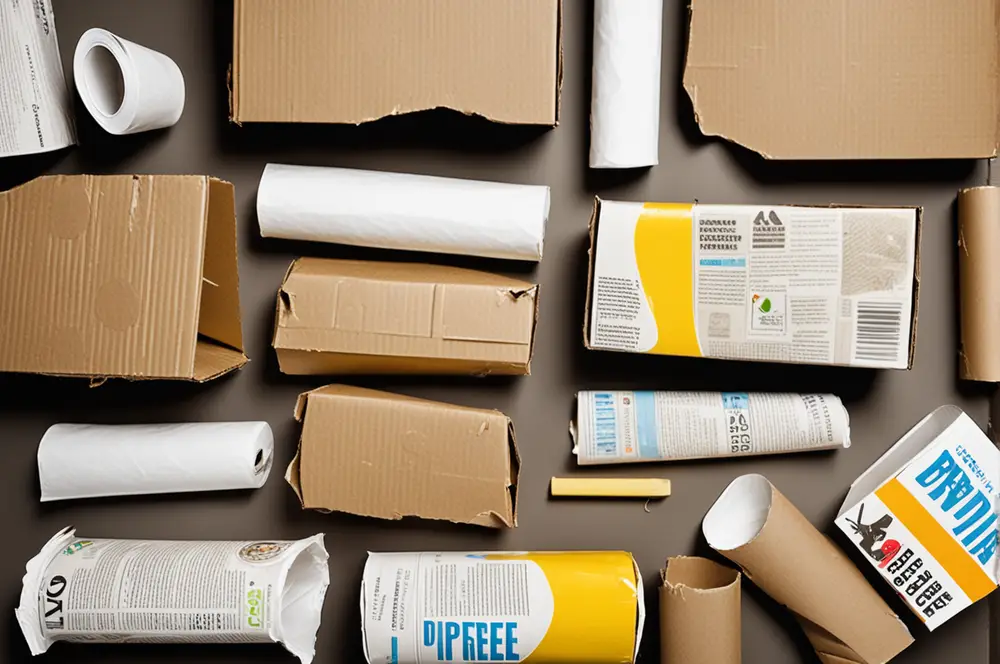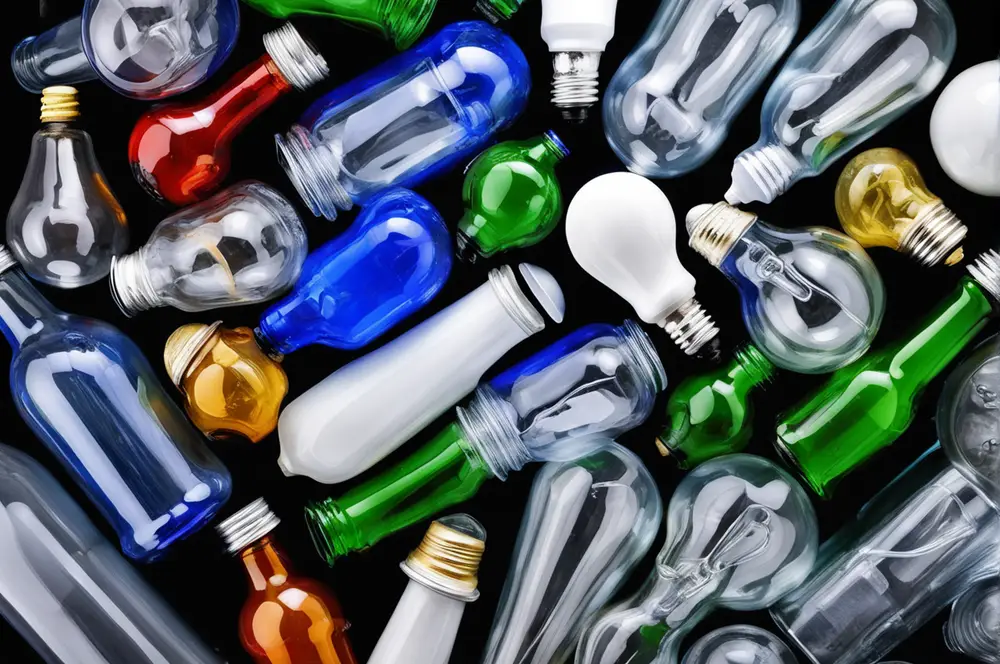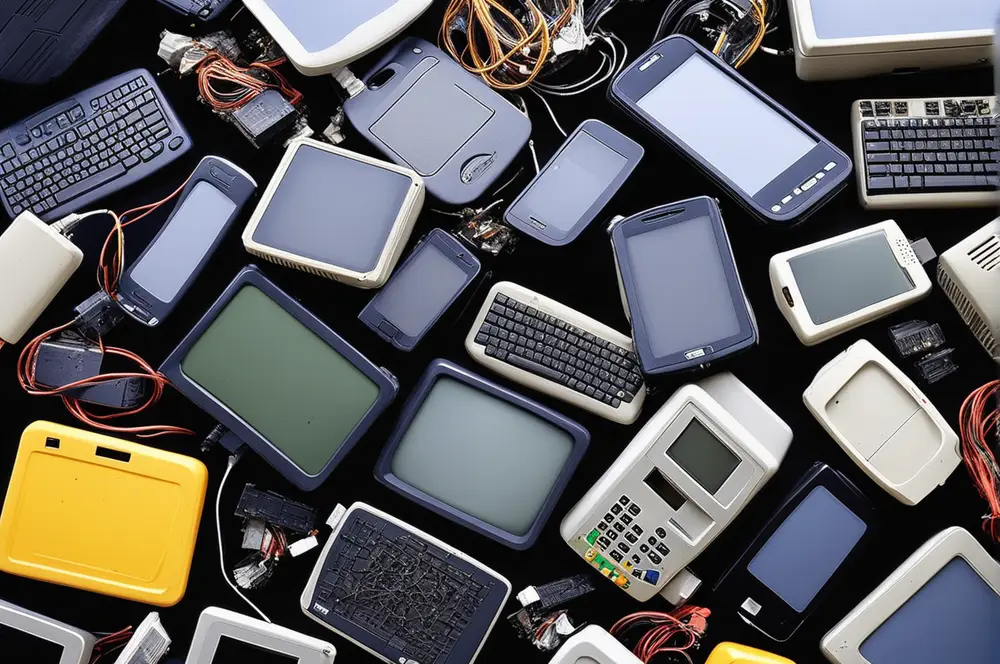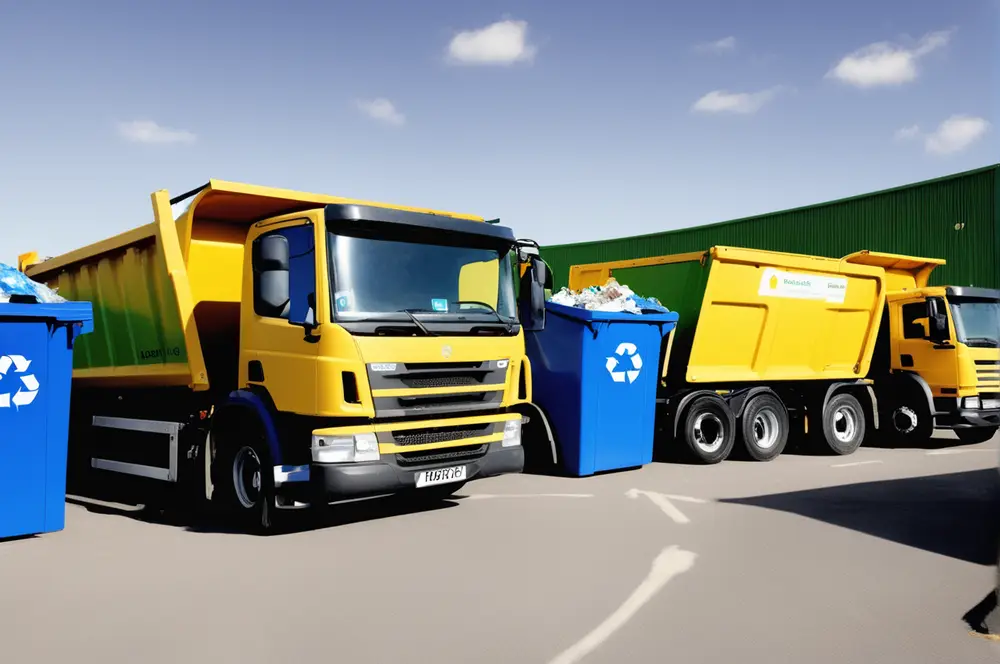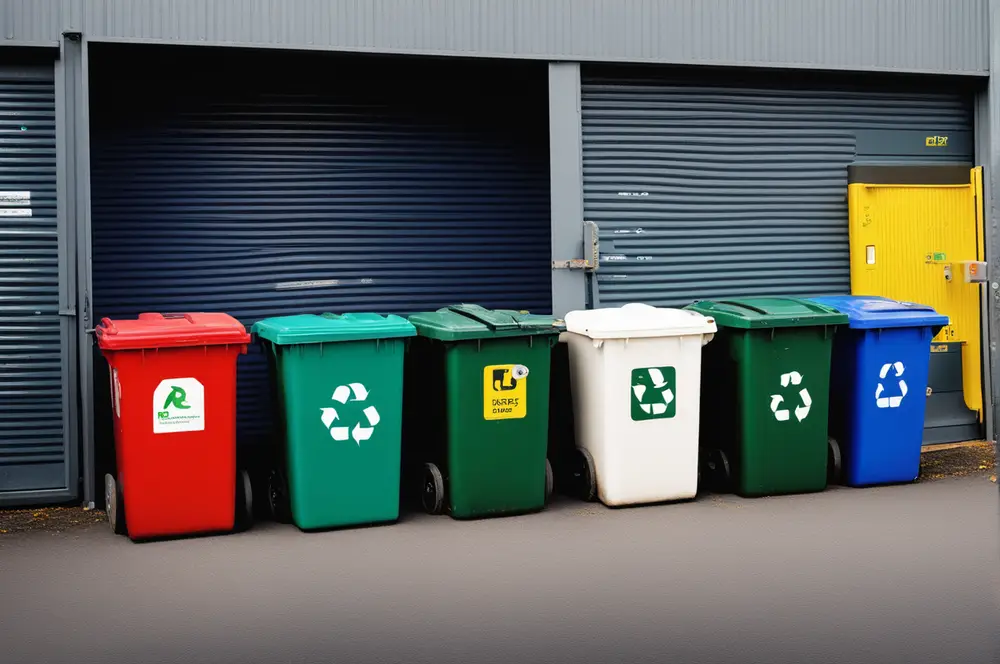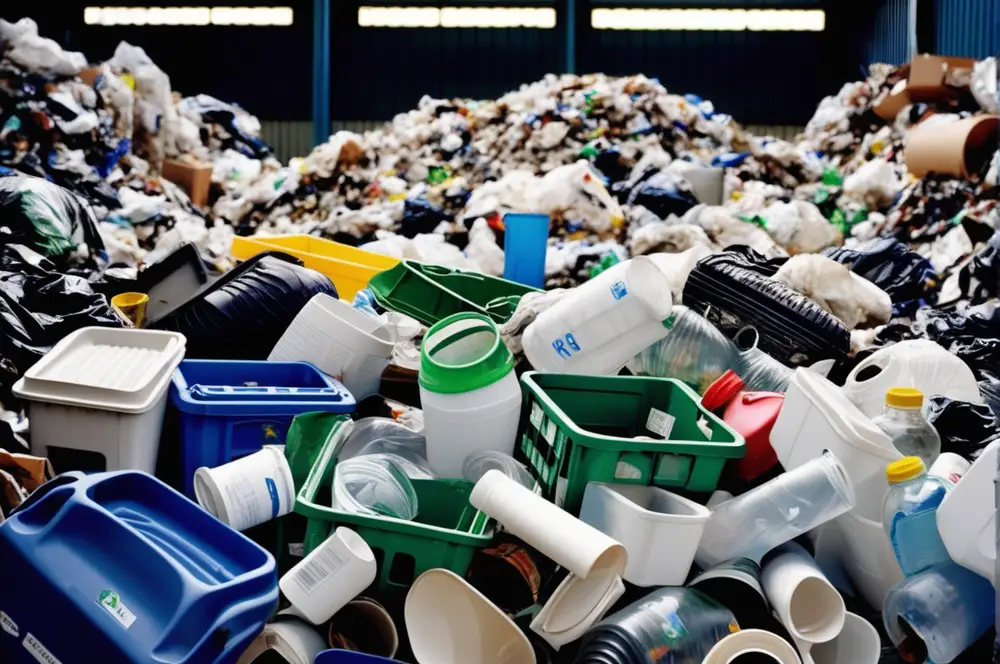Understanding Recycling
At its most basic, recycling is the process of converting waste materials into reusable objects. Instead of discarding items that you no longer need, recycling allows these materials to find a new life and purpose. But recycling is more than just a last resort for waste management; it’s a critical part of a circular economy – an economic system aimed at eliminating waste and the continual use of resources
